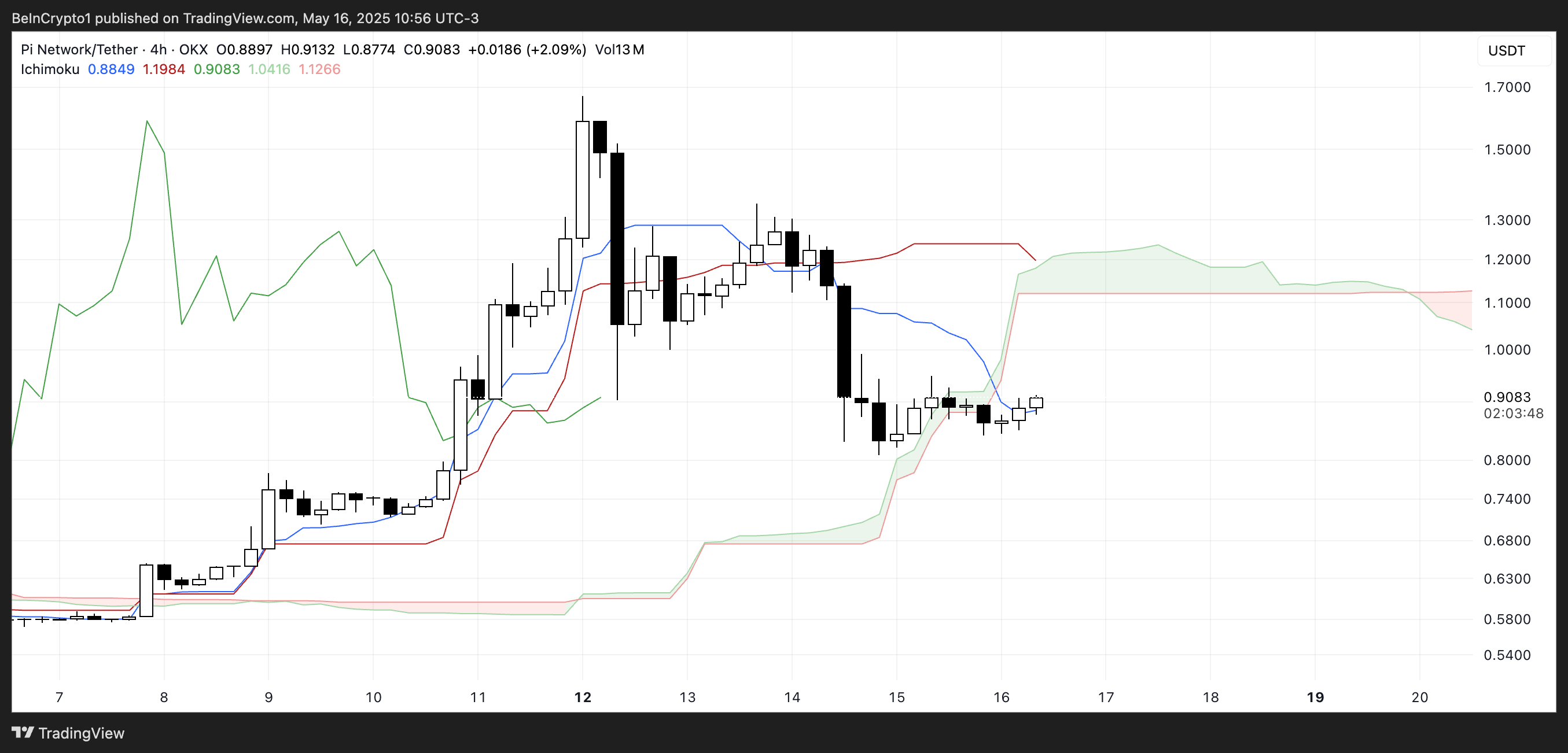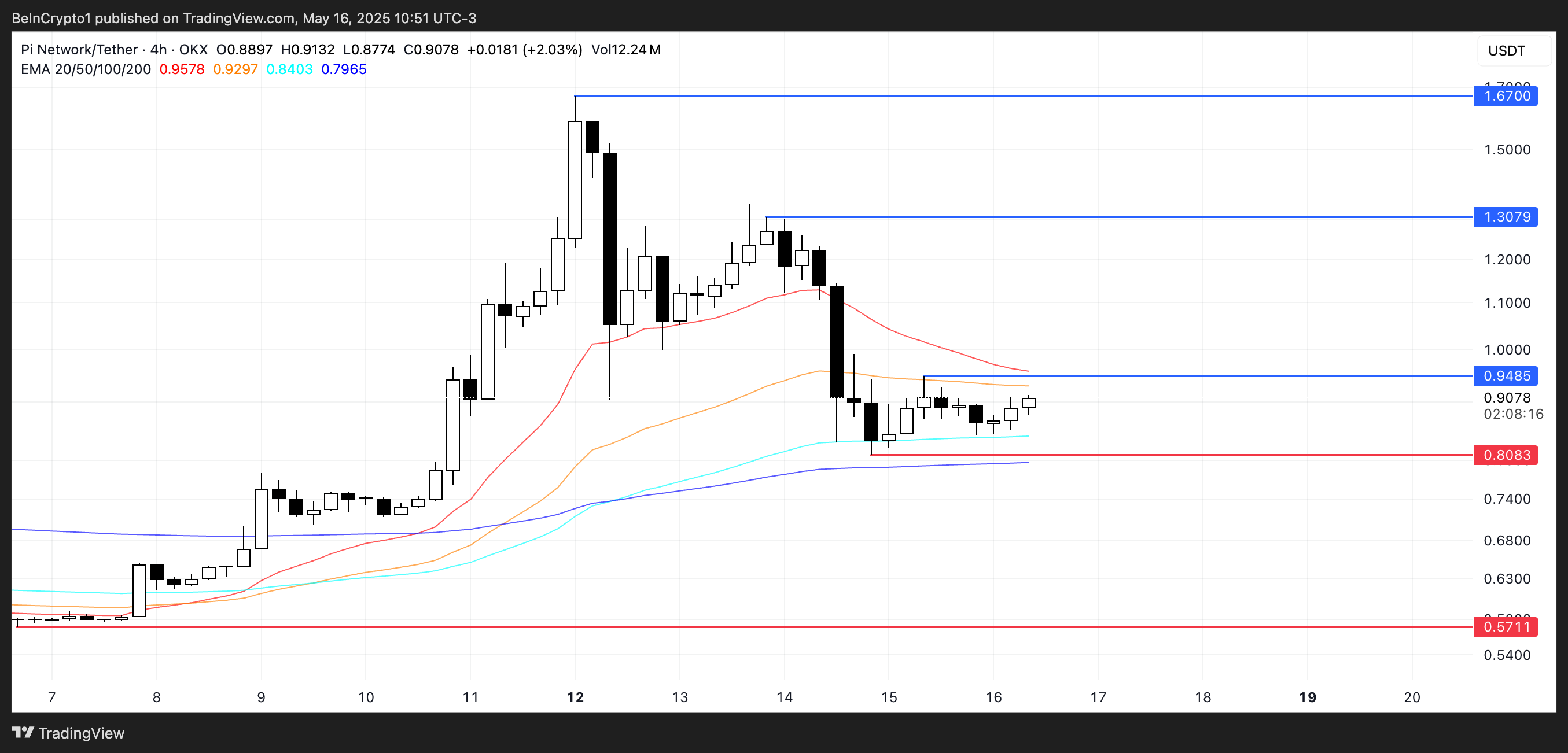
XRP price is stuck within a narrow consolidation range, but an explosive rally might be brewing after whales purchased 200M Ripple tokens in the last five days. The purchase comes after a recent report disclosed that 23% of US investors hold Ripple, signalling high market confidence despite regulatory uncertainty from the SEC lawsuit.
XRP trades at $2.20 today, May 3, but with 71% of bullish Binance traders, how high with this altcoin rally go, and are large purchases and adoption enough to see it outperform the broader crypto market? Let’s find out.
XRP Price May Explode as US Investors, Whales, Back Ripple
The price of XRP is at a pivotal point after a recent report revealed that 23% of US crypto investors have invested in Ripple. Meanwhile, this altcoin has a 67% awareness rate, suggesting that its popularity is notably high. According to the National Cryptocurrency Association, XRP is the 6th most popular crypto in the US.

This data indicates that despite the SEC vs. Ripple lawsuit not being formally closed, investor confidence in the blockchain and its native token remains notably high. Hence, once the SEC releases an official statement on the settlement, 67% of US traders who are aware of Ripple may flock to the altcoin, and spark a massive price gain.
Meanwhile, whale activity hints that large investors are leaning towards a bullish XRP price prediction in May after acquiring a staggering 200M tokens this week alone. Per Santiment data, those holding between 10M and 100M Ripple tokens have increased their holdings from 7.59 billion to 7.79 billion

The high rate of adoption by US investors and the whale accumulation are bullish indicators and may lead to an explosive rally for the XRP price. Moreover, the technical outlook supports this positive narrative as the altcoin eyes fresh all-time highs.
Ripple Technical Analysis As it Nears Breakout Cycle
Popular analyst VipRoseTr has shared a bullish forecast on XRP price, stating that it is nearing a breakout cycle. In her analysis, she noted that this altcoin was entering a long-awaited breakout from resistance that may spark a 2x surge in market capitalisation.
The analyst identified a descending trendline on Ripple’s weekly chart, noting that with the recent formation of higher highs, this altcoin was on the verge of breaking past a major resistance hurdle. If this breakout occurs at $2.58, XRP will form the next bullish leg that will push it to as high as $3.87.

Considering this bullish XRP price analysis and the recent whale acquisitions, the altcoin has the potential to make explosive gains. However, such gains will depend on the rate at which new traders acquire Ripple, as statistics reveal that it lags behind Ethereum, Solana and Dogecoin in terms of acquisitions in the US.
The post Will XRP Price Explode? 23% of US Investors Back Ripple as Whales Scoop 200M Tokens appeared first on CoinGape.







